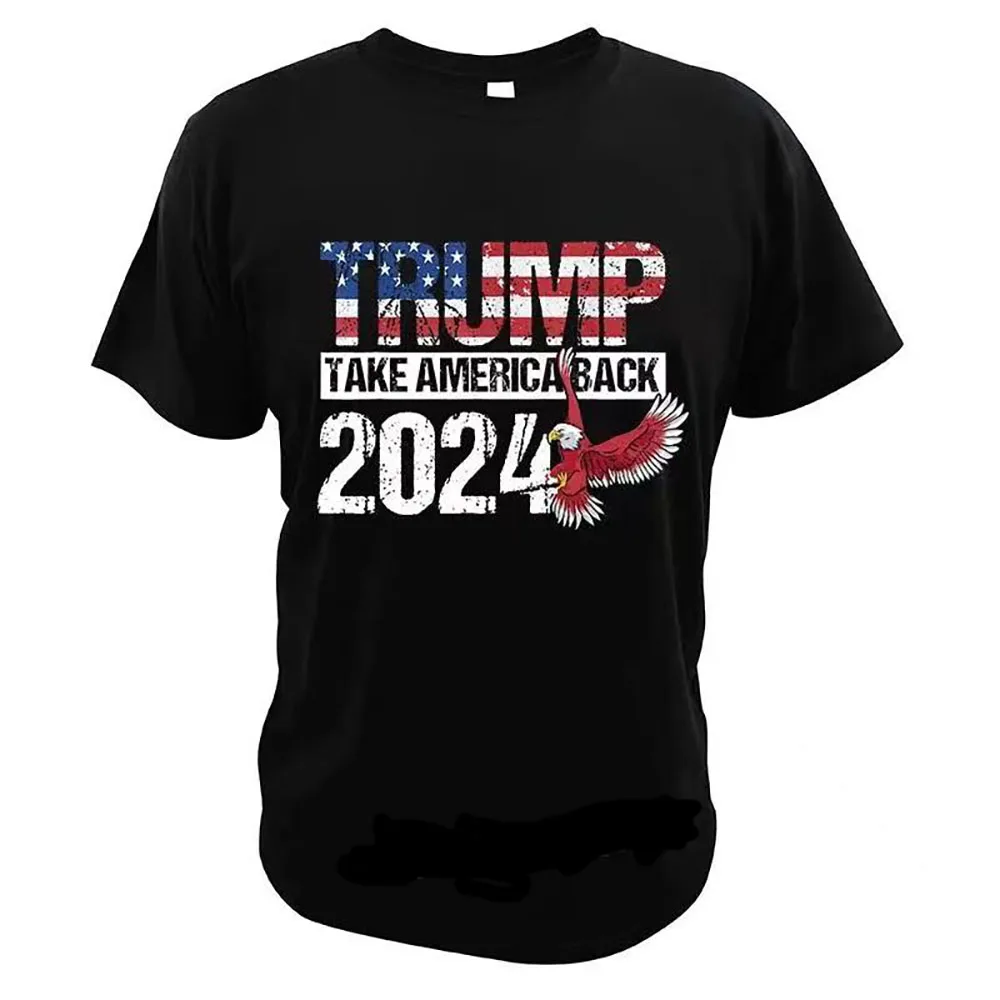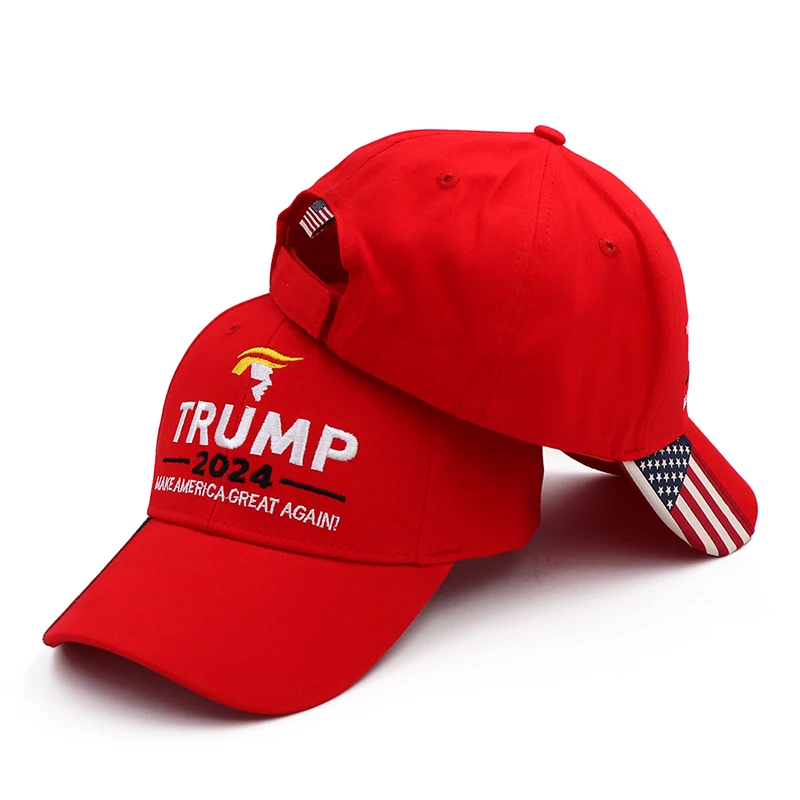
The release of Huawei’s new cell phone has plunged the United States and the West into a complicated tangle — and the sentiment is simmering and spreading, arousing many professional groups’ interest in deconstructing it. How did low-profile pre-sales of Huawei’s Mate 60 cell phone series attract such global attention?
It is closely related to the reality of the game between the two powers that are the U.S. and China. As The Washington Post put it on Sept. 2, “[The cell phone’s] launch has sparked hushed concern in Washington that U.S. sanctions have failed to prevent China from making a key technological advance.” As is widely known, the Trump-era U.S. launched a trade war and a science and technology war with China: The former imposes tariffs on $300 billion worth of Chinese goods exported to the U.S., while the latter serves mainly to impose sanctions on high-tech Chinese enterprises, such as Huawei.
‘China Core’ Breaks through US Suppression and Containment
The Biden era has inherited the “achievements” of the Trump-era trade war with China and increased sanctions against China in the fields of science and technology. In addition to Huawei, the U.S. has added more than 1,000 Chinese technology companies to its Entity List; the blacklist targeting such companies is getting longer and longer. The U.S. has also stepped up its efforts to strengthen the U.S.-led semiconductor supply-chain alliance and restrict American investment in China’s technology sector, so that, in the Joe Biden era, sanctions and crackdowns on China’s high-tech sector have not only become stricter, but more ruthless as well. The effects of these measures are not limited to suppressing China’s technological competitiveness — they also consolidate the absolute leadership of the U.S.
In short, not only has Biden raised an iron curtain to hinder China’s technological development, but he has also joined forces with his allies in a round of technological bullying of Chinese technology companies. The latest American rhetoric is about denying China access to core technology and not selling it high-end equipment and products, but not imposing restrictions on low-end equipment and products. Obviously, this is calculated by the U.S. government to suppress China while at the same time profiting from its market, and the wave of visits to China by senior American officials is likewise based on a utilitarian U.S. stance.
With things as they are, the U.S. may be thinking that Huawei has lost its opportunity to participate in the 5G market. After all, the airtight U.S. sanctions are such that Huawei cannot fall back on any friendly companies to produce high-end chips for it, nor does it have the high-end photolithography machines necessary to produce them itself. In short, it is impossible for Huawei to bring new 5G cell phone products to the market. This is also the reason why the U.S. and the West were first silent, then stunned, and then panicked: Although the technical specifications of Huawei’s new cell phone have not been disclosed to the public, disassembly tests by professionals have confirmed that it is a 5G phone and that it performs up to the 5G+ level. What is even more startling is that the phone’s 5G chip has no American or U.S.-related components and is pure “China Core.”
The cell phone just so happened to be released as Gina Raimondo was wrapping up her visit to China, so it was also something of a slap in the face to the U.S. Faced with the understated launch of Huawei’s new handset, American media and political circles lapsed into collective silence, or shock, followed by cautious speculation and reports in the media. Regardless of whether Huawei really breaks through U.S. sanctions — as some independently operated social media platforms optimistically predict — or whether it is just a breakthrough in the market achieved between Huawei and its friends, or indeed whether Huawei’s new phone is not a real 5G cell phone but just a technological improvement on the 4G+, what is certain is that, in terms of experience, the chip and features of the new Huawei handset have the ability to compete in the market with top 5G handsets such as the iPhone.
And that is all it takes. On the one hand, it highlights the fact that the iron curtain of science and technology that the U.S. has put up against China has lost its significance, becoming little more than a circle drawn on the ground to serve as a prison; on the other hand, it reflects an American misstep of recruiting its friends into a clique from which to implement anti-China bullying on the science and technology front.
More importantly, it proves that the U.S. has made a common-sense mistake. Although it is somewhat idealistic to speak of “science without borders,” it is in fact an indisputable truth, when viewed from a broader human perspective, or over a longer timeline. Based on utilitarian purposes of geopolitics and ideology, using the game of great powers to obstruct scientific and technological progress or the sharing of scientific values among humankind can only be a temporary hindrance, and it will bring about results that are detrimental to others and of no benefit to themselves.
South Korean Companies May Become the Biggest Victims
In the case of the Global Positioning System, for example, China and Russia have developed their own versions of the system despite technological obstructions from the U.S. Therefore, the technological iron curtain and technological bullying can only temporarily hinder progress in, and the sharing of, technology; it cannot fundamentally form a true technology monopoly. On the contrary, deliberate sanctions and suppression will stimulate competitors’ innovative impetus, leading them to research and develop higher-performing and better-quality alternative products.
In this regard, the U.S. sanctions and restrictions on Huawei and China’s technology enterprises are inherently selfish and insecure, lacking global vision and big-picture perspective.
Where Huawei’s new handset is concerned, American netizens behave more rationally and intelligently than either the U.S. government or the American media. If South Korea’s Samsung and Taiwan’s TSMC can produce 5G chips, they think, then why shouldn’t Chinese enterprises do the same? Moreover, when the U.S. pulled both Samsung and TSMC over to its side of its technological iron curtain, turning them into technology tools with which to bully China, it also placed on these enterprises a “binding spell” of industrial stagnation. Once Huawei or any other Chinese company breaks through U.S. technological containment, the market prospects for these companies will look just as bleak.
Put the most simply, whether it is Samsung, TSMC, or American semiconductor companies, they will all become the victims of U.S. politics, not only losing China’s huge consumer electronics market, but also facing the structural problems of market surplus.
Several revolutions in the history of human science and technology have demonstrated that hindering the technological development of others through technological iron curtains or technological bullying is backward and selfish behavior. The idea of having a monopoly on technological supremacy is no more than wishful thinking.
Yu Wen is an international relations scholar.
Shop For Night Vision | See more…
Shop For Survival Gear | See more…
-
Sale!

Tactical Camo Nylon Body Armor Hunting Vest With Pouch
Original price was: $49.99.$39.99Current price is: $39.99. Select options This product has multiple variants. The options may be chosen on the product page -
Sale!

Mesh Shooting Hunting Vest with Multi Pockets
Original price was: $59.99.$39.99Current price is: $39.99. Add to cart -
Sale!

Japanese 6 inch Double Edged Hand Pull Saw
Original price was: $19.99.$9.99Current price is: $9.99. Add to cart


















































